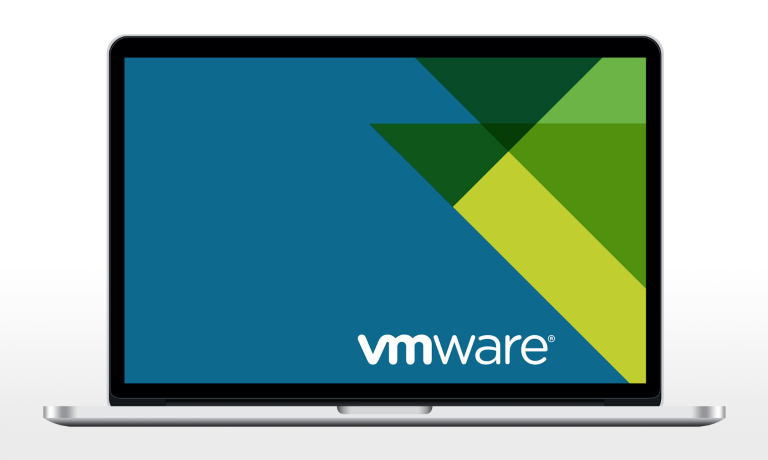Instructors
VMware View 5.1
Course Duration: 4 days
Overview
Desktop virtualization promises to be the next great wave in IT’s ongoing quest to provide better service, higher availability, improved security, increased standardization and a more robust computing environment while lowering deployment, administration and infrastructure costs.
Desktop Virtualization with VMware View 5.1 is a 4-day intense introduction to desktop virtualization using VMware’s View 5.1 product suite including VMware View Composer, VMware View Manager and VMware ThinApp.
Successful VMware View implementations depend on the effective deployment and use of Active Directory, SQL Server, VMware vSphere, Windows desktop OS’, networking infrastructure, SAN storage and NFS datastores. Our class is unique in that students build all of these components in class, thereby ensuring they can successfully deploy View in their own office.
By the end of the class, attendees will have learned the benefits, mechanics and best practices of desktop virtualization. Attendees will be able to design, implement, deploy, configure, monitor, manage, troubleshoot and secure a robust virtual desktop environment.
Objectives
At the end of the course, attendees will be able to:
- Explain the many significant benefits of desktop virtualization
- Install and configure VMware View according to best practices
- Create, administer and manage desktop pools
- Deploy traditional and linked-clone virtual desktops
- Build and run local mode virtual desktops
- Create secure desktop connections through untrusted public networks
- Deploy virtual applications using VMware ThinApp
Who Should Attend?
This class is suitable for:
- System architects who need to understand and design virtual desktop infrastructure
- Senior administrators responsible for technical design and lead the implementation of virtual desktop projects
- Security specialists responsible for monitor, managing, securing and administering access to remote desktops
- Operators responsible for day-to-day operation of virtual desktops
- VMware customers and prospects who want to learn how to extract the maximum benefit from their investment in virtual desktops
- Managers who need an unbiased understanding of virtual desktops before committing their organization to a virtual desktop deployment
Prerequisites
Success in VMware’s View virtual desktop virtualization suite is dependent on familiarity with VMware’s server virtualization products as well as familiarity with common tools and technology found in most IT departments.
Because of our Do-It-Yourself approach to View training, you do not need to be expert in all aspects of desktop and VMware installation and administration. However, some familiarity with the following topics will help:
- Installing, configuring and administering ESXi 5.0 and vCenter 5.0
- Building virtual machines from scratch and also from clones and templates
- Understanding and using VM Spec files that assist in rapid VM deployment
- Working with shared storage resources including SAN LUNs and NAS shares
- Using VMware Thin and Thick virtual disks
- Integrating desktops into an Active Directory environment
Course Outline
Chapter 1 – Introduction to Desktop Virtualization
Virtualization basics
Server virtualization explained
Desktop virtualization explained
Features and benefits of desktop virtualization
Chapter 2 – VMware View
VMware View features and components
VMware View Composer
VMware View Manager
VMware ThinApp
Chapter 3 – Connection Services
Installing VMware Connection Services
Configuring and administering Connection Services
Chapter 4 – Virtual Desktops
Desktop display protocols including RDP, ICA and PCoIP
VMware View desktop agent
Working with virtual desktop removable media
Managing virtual desktop USB connections
Building a hybrid physical/virtual desktop environment
Chapter 5 – View Client Options
Working with the View Client
View Client in Local Mode
Thin client options
Connecting to printers and other network resources
Chapter 6 – Administering VMware View
Dedicated virtual desktops
Floating virtual desktops
Virtual desktop session management
Virtual desktop user management
Managing virtual desktop access and permissions
Chapter 7 – View Composer, Linked Clone Virtual Desktops
Creating Linked clone virtual desktop base images
Deploying Linked Clone virtual desktop instances
Administering persistent virtual disks
Work with VMware View Composer
VMware View database administration
Chapter 8– View Security Server and View Replica Server
Sizing your virtual desktop deployment
Monitoring key performance metrics
Scaling your virtual desktop environment
Using VMware vSphere components to manage performance and availability
Chapter 9 – VMware ThinApp
Application virtualization with VMware ThinApp
Creating and publishing virtual applications
Controlling access to virtual applications
Chapter 10 – Security
Security overview for virtual desktops
Authentication options for user access
Planning and implementing network security
Course Reviews
No Reviews found for this course.


